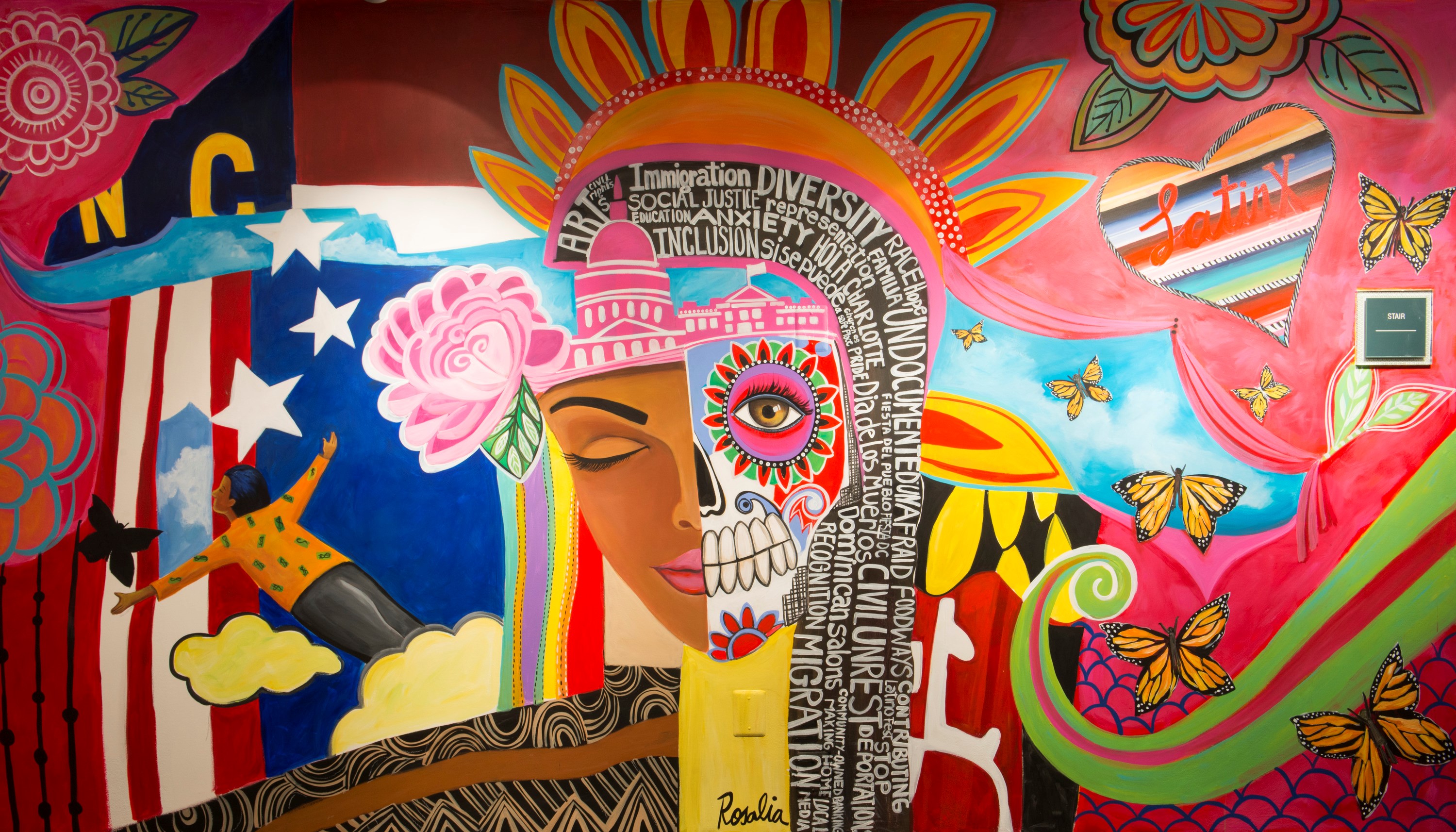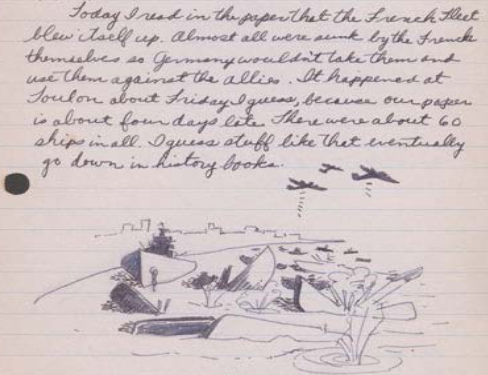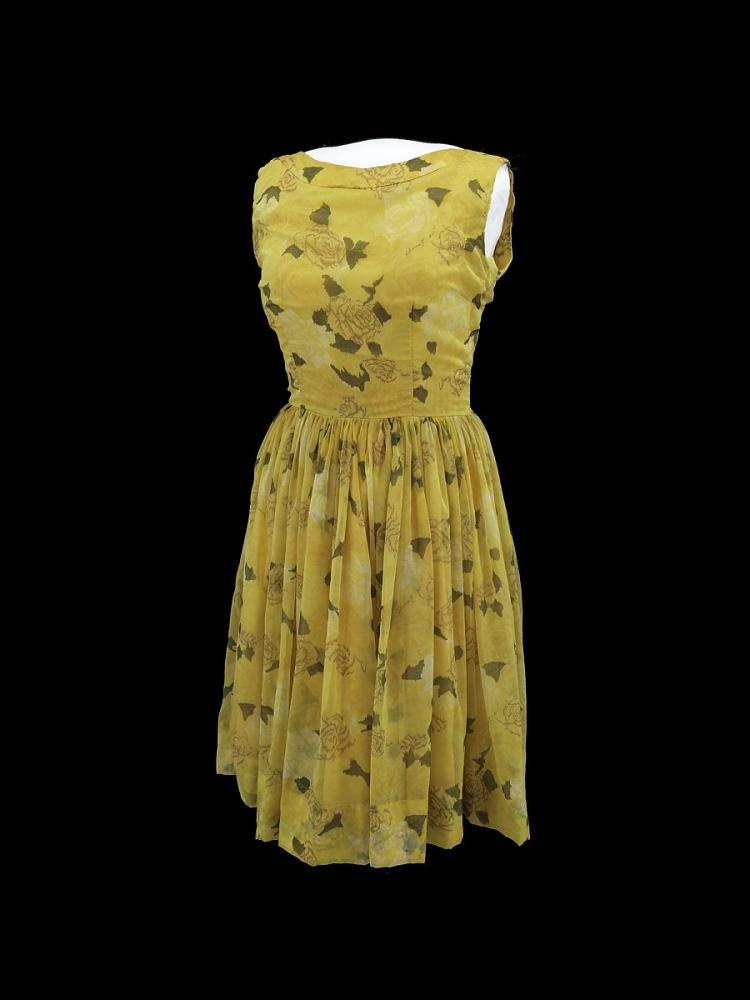History Explorer Results (78)
Related Books (44)
Resource Type(s):
Primary Sources, Lessons & Activities, Worksheets
Becoming US is a new educational resource for high school teachers and students to learn immigration and migration history in a more accurate and inclusive way. The people of North America came from many cultures and spoke different languages long before the founding of the Uni
Resource Type(s):
Lessons & Activities
Students will gain historical reasoning skills by studying primary sources and comparing them to secondary sources. They will become more familiar with the conditions in Japanese American concentration camps through the personal writings of Stanley Hayami, a high school student who was incarcer
Resource Type(s):
Primary Sources
During WWII almost 120,000 Japanese Americans were uprooted from the West Coast regions that were deemed military exclusion zones, moved cities and states away, and controlled under severe restrictions. We can better understand the lives, experiences, and stories of these people by studying objec
Resource Type(s):
Lessons & Activities
Students will learn about the personal experiences of Japanese American incarcerees during World War II and will practice communicating information concisely by developing an original comic.
Resource Type(s):
Interactives & Media
Nearly seven decades after the beginning of World War II, the Congressional Gold Medal was bestowed on the Japanese American men who served with bravery and valor on the battlefield, even while their families were held in internment camps by the very country for which they fought. Through videos,
Resource Type(s):
Artifacts
Despite disruption resulting from the suspension from Central High School and the later closure of all of Little Rock’s public schools to avoid integration, Minnijean Brown graduated on schedule in 1959 from New Lincoln School in New York City. New Lincoln School was a private, integrated school f
Resource Type(s):
Artifacts
Some girls made history by simply going to school and claiming their right to belong. Minnijean Brown is one of those girls. In 1957, she and eight classmates integrated the all-white Central High School in Little Rock, Arkansas, during the civil rights movement. White students physically and verbal
Resource Type(s):
Interactives & Media
We will host a panel discussion connecting stories of teenagers in the past fighting to address systemic injustice to those of the present. The 2020 annual summit will be centered on the case study of Claudette Colvin—a 15-year-old Black student in Montgomery, Alabama, in 1955. Colvin refused to g
Resource Type(s):
Reference Materials
“In March 1943, Paul Bland was drafted into the military at the age of 19. He had experience in trucking and so was trained as an ambulance driver for the Army. He was then deployed to Europe in February of the following year to fight in World War II. Private First Class Paul Bland served in the 5
Resource Type(s):
Artifacts, Primary Sources
This yellow, floral patterned tea length patterned dress was worn by Minnijean Brown during the Spingarn Award Ceremony in 1958. The Spingarn Medal is a gold medal that has been awarded annually since 1915 by the NAACP. According to the NAACP, the purpose is “to call the attention of the American
Reading Level:
Early Elementary School,Late Elementary School
A picture book that tells the story of Marian Anderson, including the successes and challenges she found in the United States and abroad.
Reading Level:
Late Elementary School,Middle School,High School
This deliberate and detail-oriented book focuses on the tremendous efforts made by the civil rights workers to end segregation in Birmingham, AL, and the impact of their actions on American views of race relations.
Reading Level:
Late Elementary School
A picture book that tells the story of athlete Wilma Rudolph, her struggle against polio, and her encounters growing up with discrimination.
Reading Level:
Early Elementary School,Late Elementary School
After contracting polio at the age of 4, Wilma Rudolph was told she would never walk again. This book tells the inspiring tale of how Wilma battled disease, her leg brace, and segregation to become the fastest woman in the world at the 1960 Olympics.























